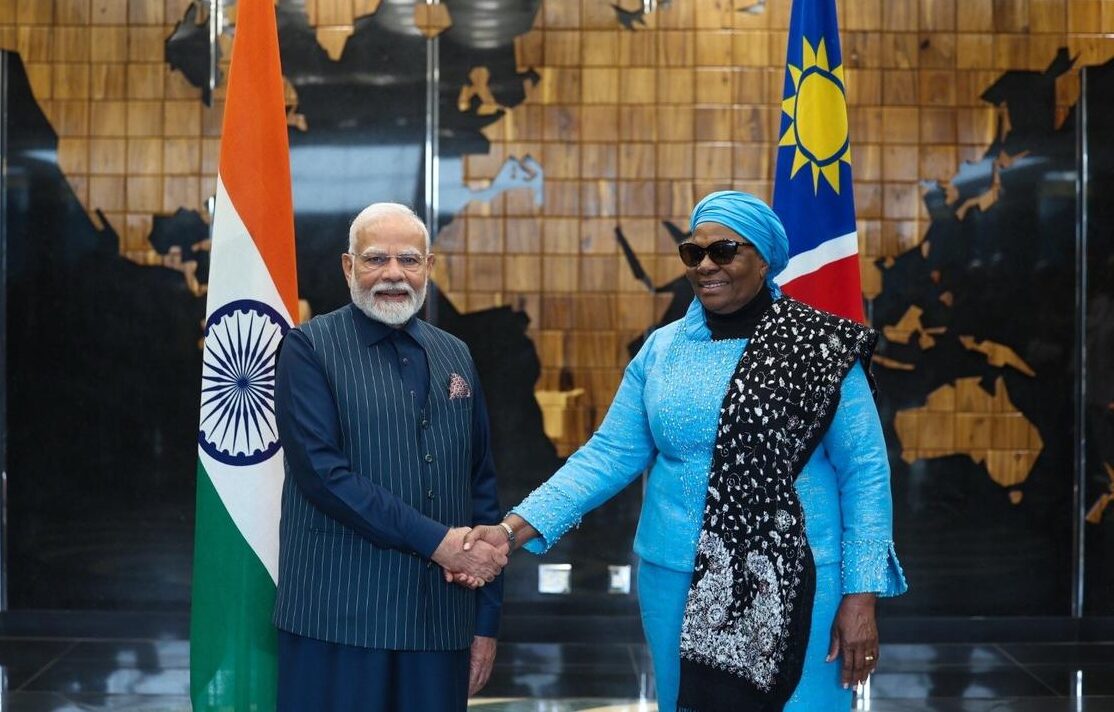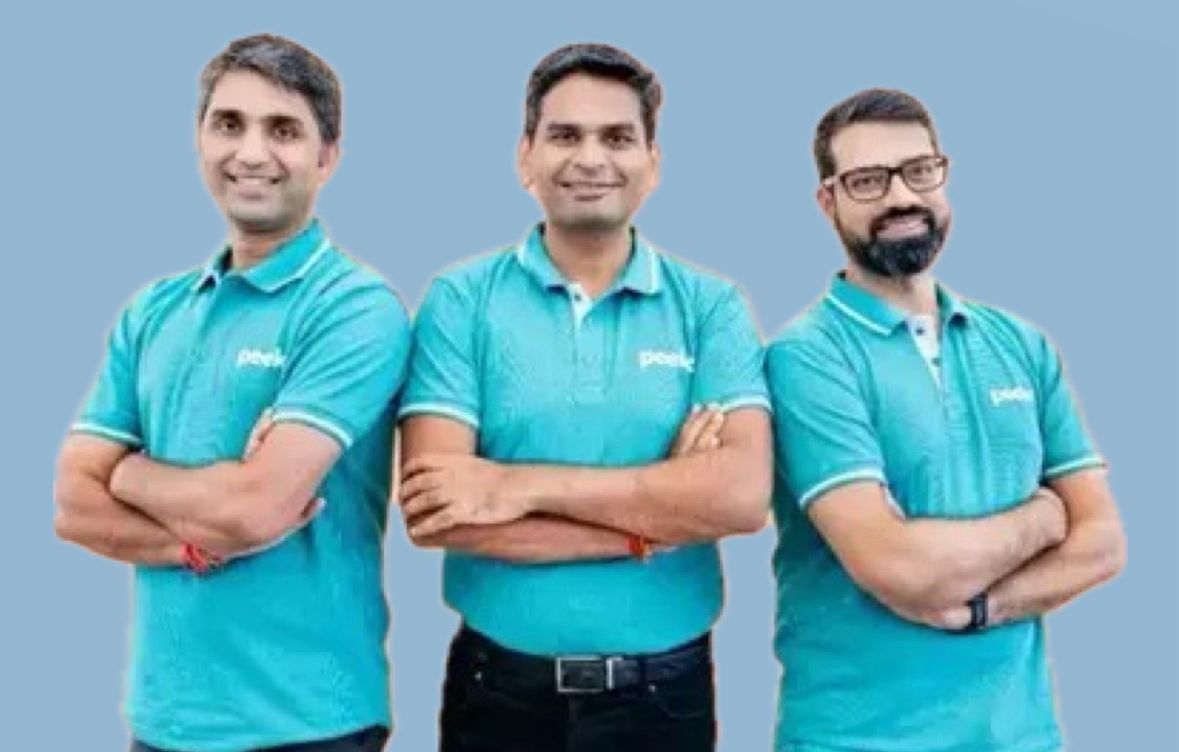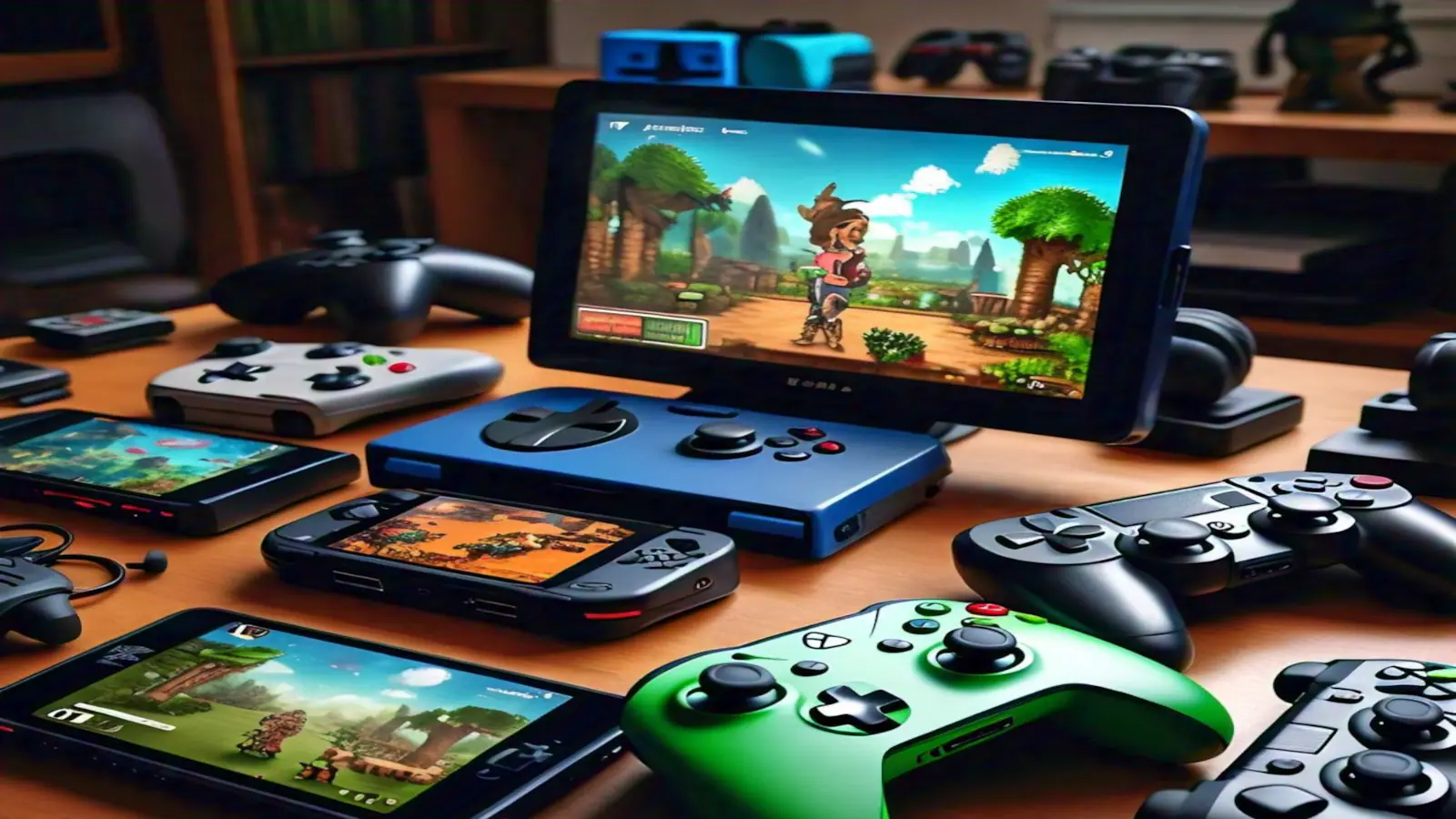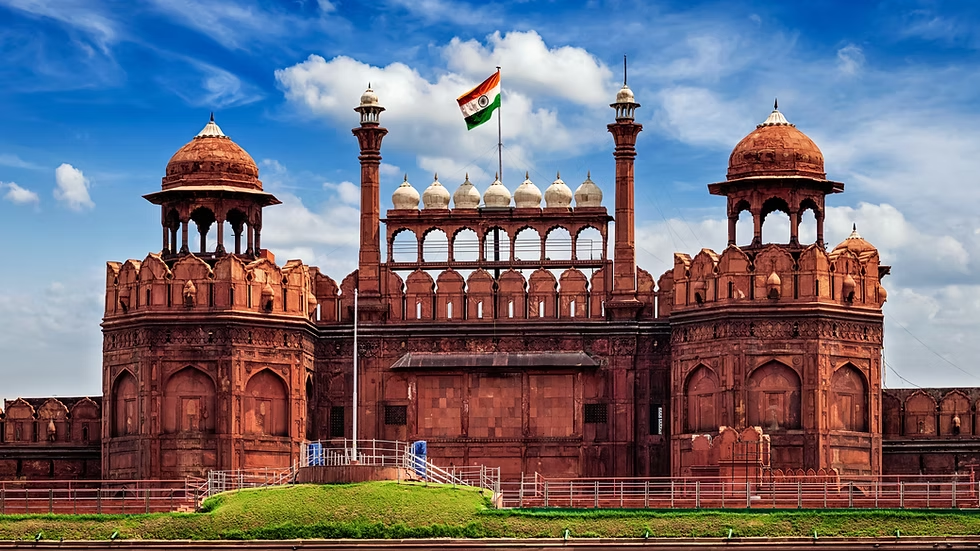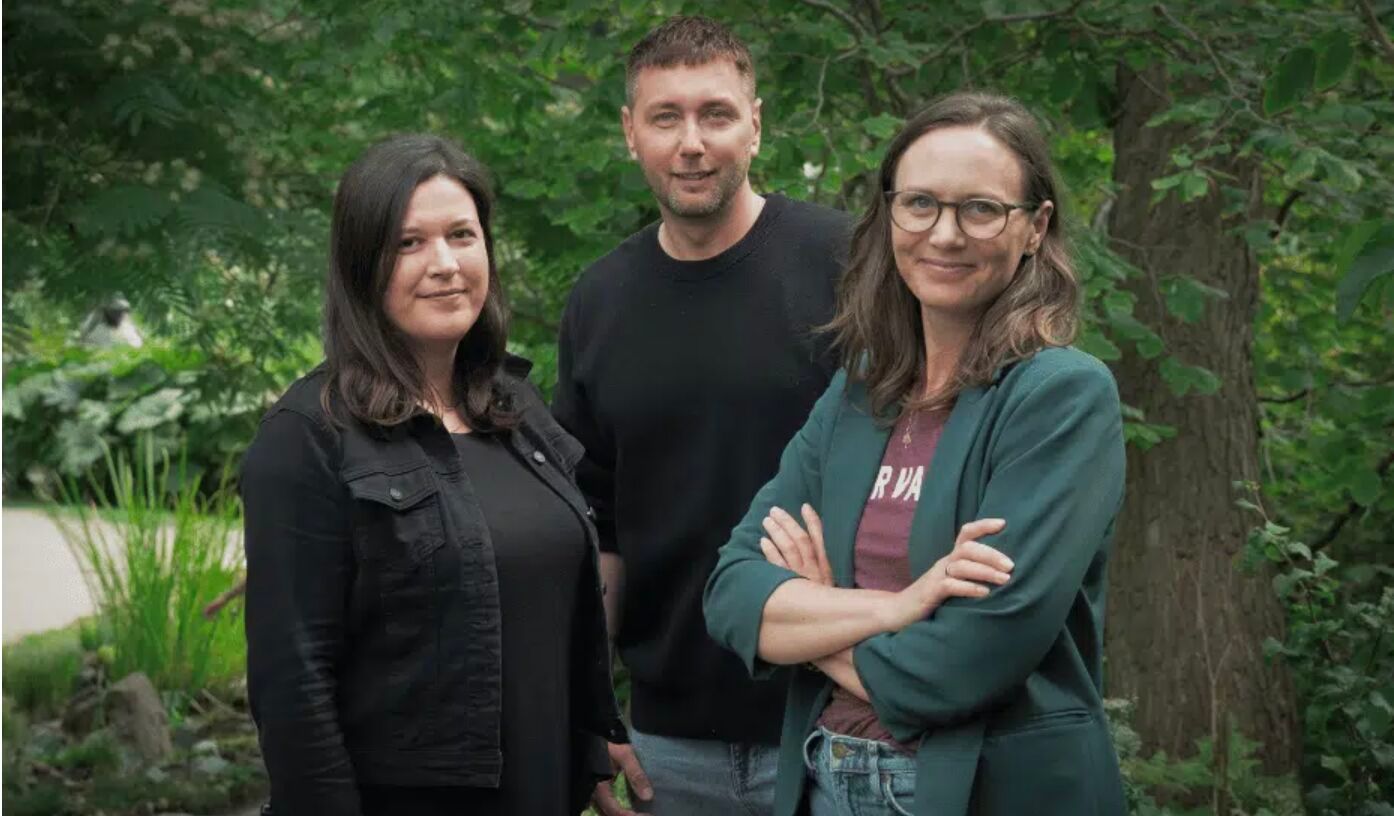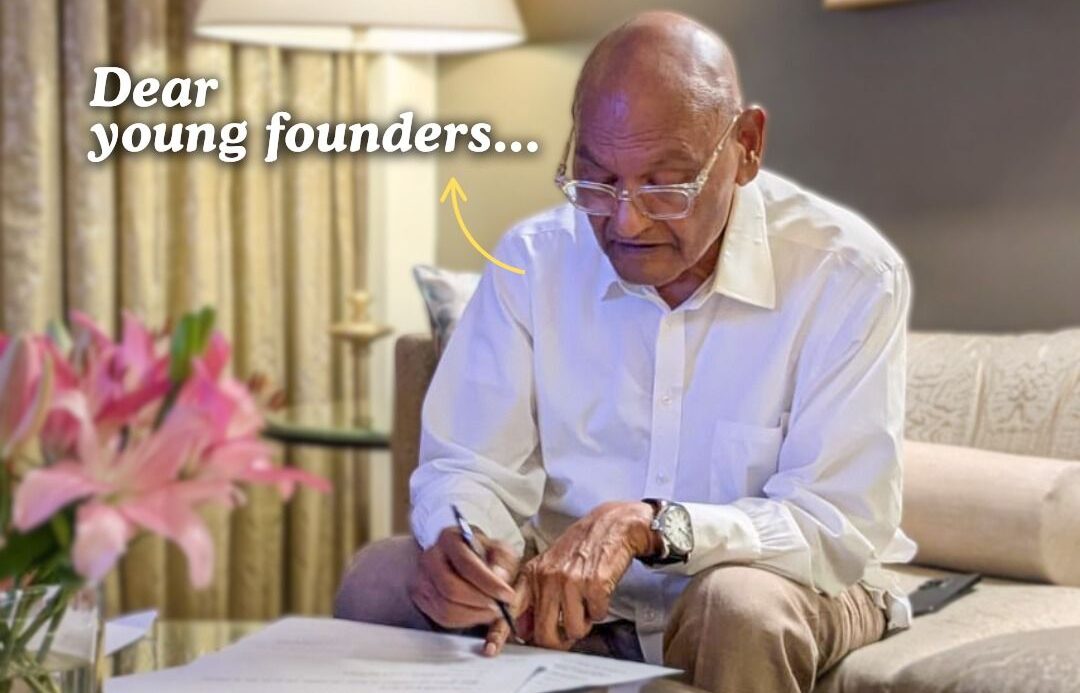Prime Minister Narendra Modi’s visit to Namibia, Africa, is historic in many ways. He is the first Indian PM to visit the country in almost three decades, and his visit marks a renewed political and economic interest in a country that shares deep historic ties with India, especially from the era of Namibia’s independence struggle.
During his visit, he focuses on key areas like critical minerals, digital payments, growing trade ties, and sharing knowledge. This reflects India’s aim to build lasting and mutually beneficial partnerships across the African continent.
Unlocking New Trade Routes Through Minerals
Namibia is one of the most resource-rich and politically stable countries in Africa. It holds:
- Large Marine Diamond Reserves
These diamonds are collected from the ocean floor and are known for their high quality, making them ideal for the international jewellery market. Since India is a major hub for diamond cutting and polishing, building direct partnerships with Namibia can help avoid middlemen and create better value for both countries.
- Holds World’s Top Uranium Mines
Namibia is one of the leading producers of uranium in the world, with major mines like Rossing and Husab capable of extracting thousands of tonnes of uranium oxide each year. Meanwhile, India has set strong clean energy goals, including increasing its use of nuclear energy to cut down on dependency and meet its climate promises under the Paris Agreement. Hence, it’s a win-win for both countries.
- Rising Availability for Rare-earth Minerals
Namibia has the rising availability of deposits like lithium, cobalt, and rare-earth minerals. These minerals can fuel India’s dream to become a self-sufficient EV and clean energy hub.
Phygital Partnership- Physical Infrastructure meets Digital Capability
Namibia’s young and tech-aware population gives India a great chance to form long-term, people-focused partnerships. With growing interest in technology and innovation, Namibians are ready to explore tools that improve daily life, from payments to education and healthcare.
With the launch of India’s UPI (Unified Payments Interface) in the country, Namibia has become the first-ever nation on the African continent to use this fast, low-cost digital payment system.
The Bigger Picture Behind this Move:
- Namibian natives will have better access to financial services
- Unlocks a new door for India to share its digital tools globally
- A boost to India’s leadership in digital technology and innovation
The Two-way Growth Model
This visit not only opens the door for extraction but also for export as well which brings mutual growth for the two nations.
Areas of expansion include:
- Pharmaceuticals: Indian companies can provide affordable medicines and look at starting local production units
- Education & Skill Development: Offering scholarships, online learning support, and training in fields like health and farming
- Healthcare: Working together in traditional Indian medicine (AYUSH), vaccine access, and health programs for rural areas
Blending physical and digital cooperation, securing important minerals, and focusing on people-centric growth, PM Modi’s visit to Namibia goes beyond simple agreements.
It reflects India’s larger goal of shaping its role in the global economy. By working together on shared interests and common values, India and Namibia are building a new kind of business partnership, one that is inclusive, tech-driven, and built for the future.
Read More: ₹1,000 Crore VC Fund Launched to Boost Indian Space-Tech Startups









